Three finalist teams advance in Tel Aviv University Nanoscience Center competition
By Justine Testado|
Monday, Apr 11, 2016

Related
Tel Aviv University is another step closer to finding the designer of their new Nanoscience & Nanotechnology Center laboratory, which will become the new working space for more than 120 scientists and engineers. Amid multiple building requirements, the current scheme includes 12 research labs on three floors: physical, biophysical, neural engineering, molecular electronics and other labs, as well as office and public areas.
The competition's pre-qualification round last October received a total of 128 applications from around the globe. Twenty-one teams were then selected to present their company's portfolios and project development strategies. Out of that group, six were invited to submit design proposals in November. Those teams were: Elemental S&A (Chile) with Schlaich Bergermann Partner; Jestico+Whiles Associates (UK) with CH2M, Ramboll UK Limited and Bruce Shaw; Office of Architecture in Barcelona (Spain); Atelier d'Architecture Michel Remon (France) with WSP France; WHY; and Zarhy+STUDIOPEZ Architects (Israel/Switzerland) with RAPP Building Technology Ltd. + S.Ben Avraham Engineering Ltd.
The competition pool narrowed down once more to three finalist teams: Atelier d’Architecture Michel Remon, Jestico+Whiles Associates, and Zarhy+STUDIOPEZ — who all already gave their final presentations. Leaving the jury impressed, it seems that the competition is anyone's game. The winner is expected to be announced May 1.
Here's a glimpse of the three finalist proposals below.
Zarhy+StudioPEZ Architects (Israel, Switzerland)
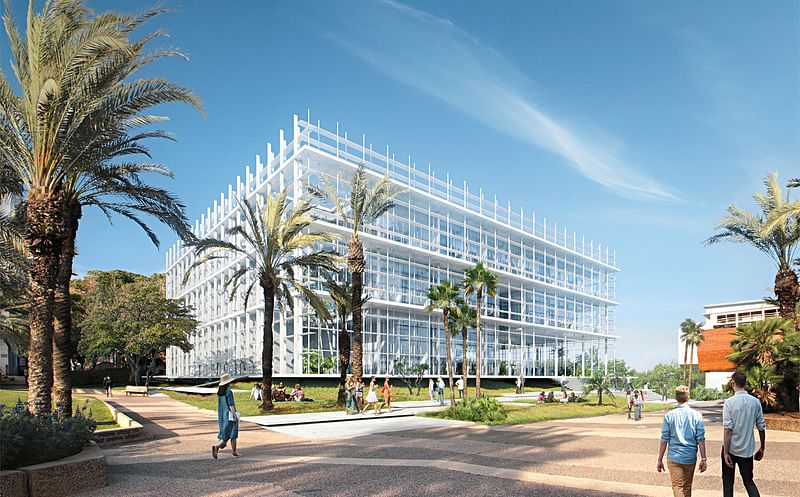

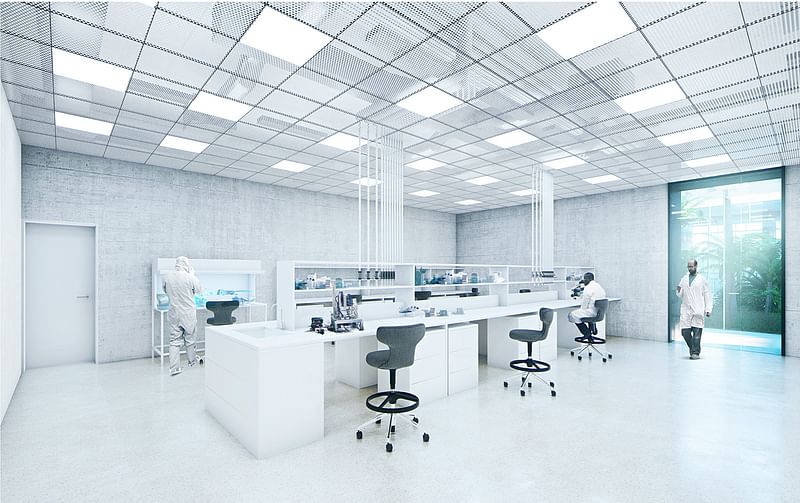
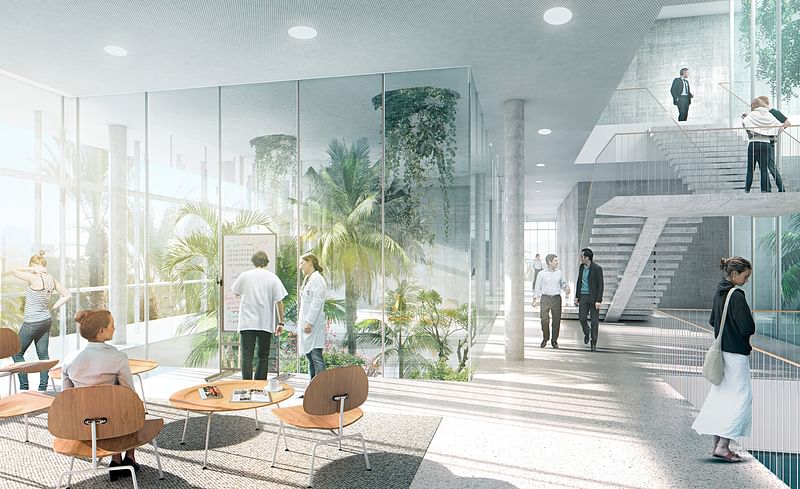
Project summary: “Zarhy+Pez's design's main feature is glass facades. The glass constructions are suggested to be protected by a second white 'skin', a multifunctional grid made of vertical and horizontal components interweaving with the main structure of the building. According to the authors' concept the glass surfaces maximize the use of natural light and improve the temperature balance inside the building. In order to have comfortable working conditions in the building it will be equipped with a system of passive heating in winter and sunlight protection in summer.”
Jestico+Whiles Associates
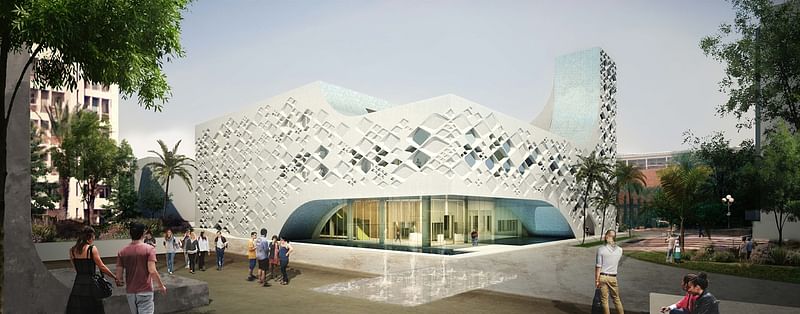
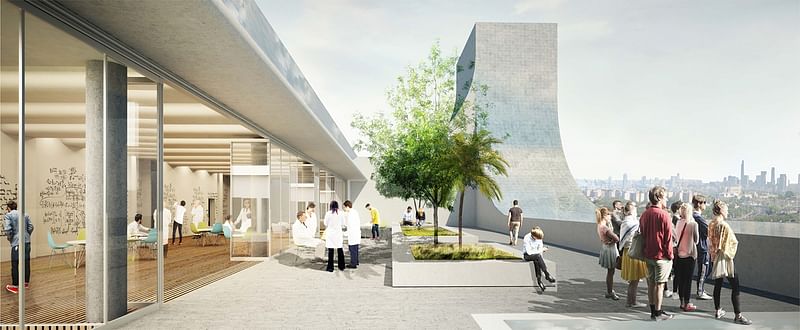
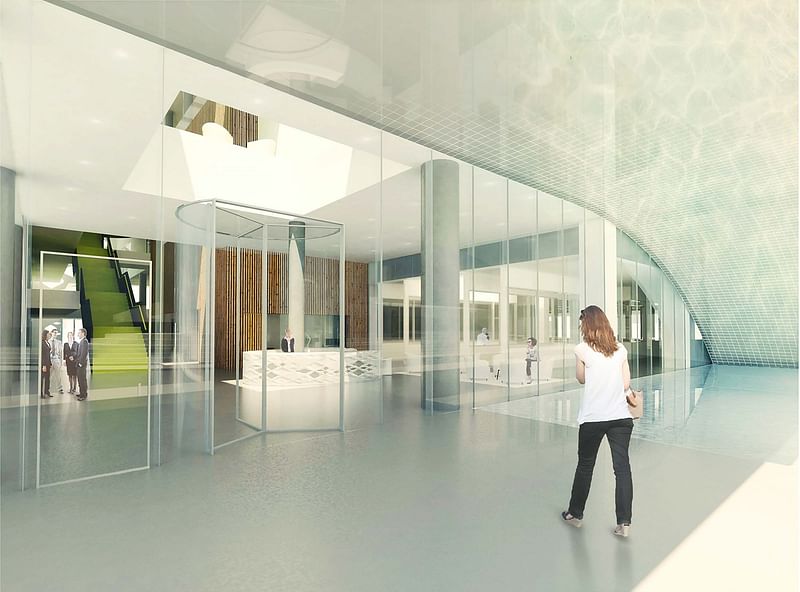

Project summary: “The project, proposed by Jestico+Whiles Associates is a rectangular block carved out of stone. Its shape is formed according to the context, climate and internal functions of the building. Sharp curved indentations form the entrance and a chimney marking the eastern entrance. The shape of the facade was inspired by the Holliday Junction parallelogram that is often used in DNA nanotechnology. The facade will be made of white glass fiber reinforced concrete rainscreen panels with a stippled surface finish. The authors suggest cutting electricity consumption costs by controlling the speed of the mobile equipment.”
Atelier d’Architecture Michel Remon
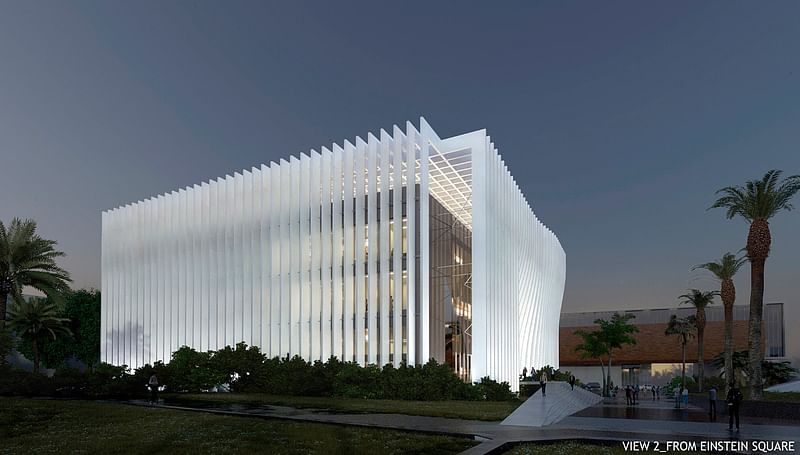

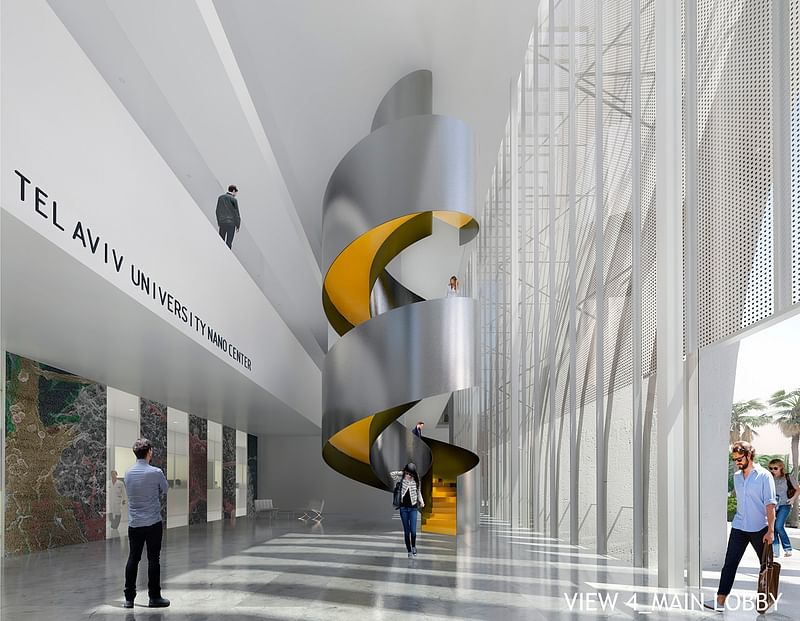
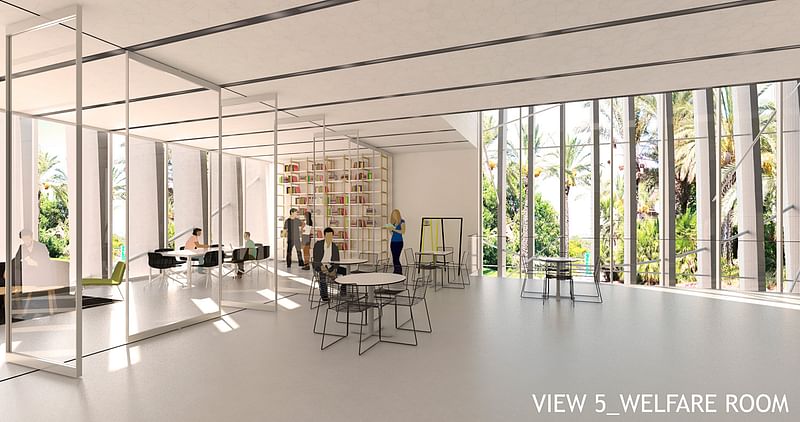
Project summary: “The Atelier d'Architecture Michel Remon's concept is a matrix of vertical lines creating a 'skin' covering the building. It plays an important role in the exterior load bearing frame. The construction will help control natural light and balance out the interior-exterior ratio. Visually, the building will not have windows or doors. A undulating facade will cover the building. Among the energy efficiency solutions suggested by the company are: special glass to optimize sun energy, natural ventilation, solar panels to cool the building and a rainwater collection system.”
You can also find the proposals by Elemental, OAB, and WHY (who were in the top six) in the image gallery right below.
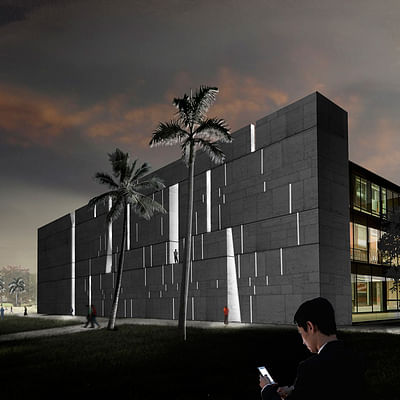
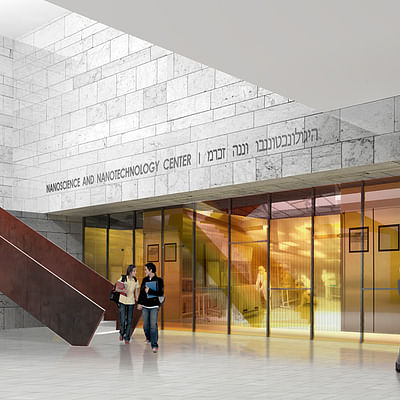
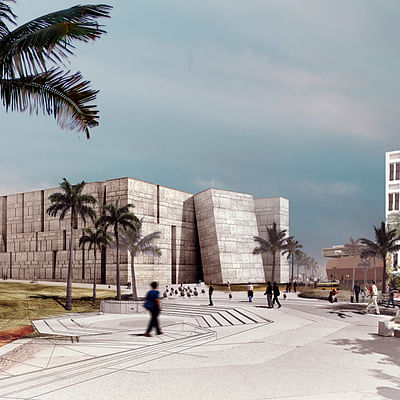



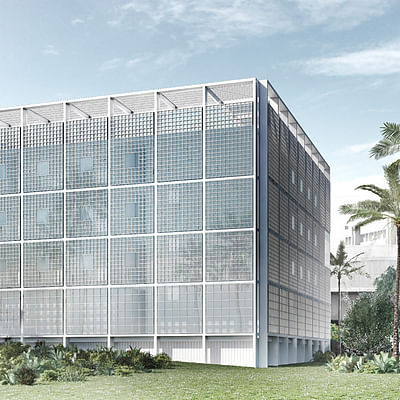
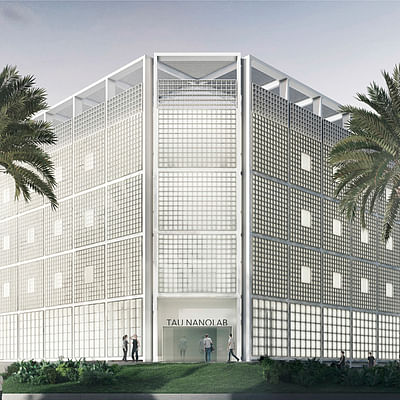
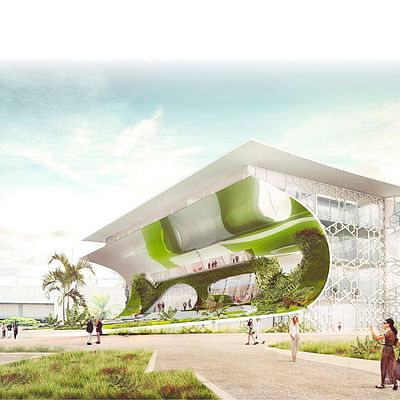
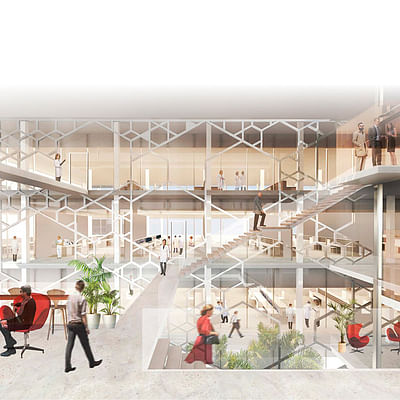


Share
0 Comments
Comment as :